
Weekly performances with dragons and demons in Japan’s Iwami region are an incredible way to connect with and preserve its history.
Arifuku Onsen is a hot spring resort neighborhood in the town of Gotsu, Shimane Prefecture. The springs were originally discovered in the 6th century, but here in the 21st Arifuku’s lost a bit of its luster in comparison to some of Japan’s more famous hot spring hotspots.
So recently Arifuku has been making an effort to spruce itself up a bit. While you’ll still find scenes like the one above of steam swirling about rustic architecture, there are also stylishly modern accommodations available, like at the hotel Owl Resort that we recently spent the night in.
▼ Owl Resort
But our fondest memories of our night in Arifuku aren’t of the soft bed or chic décor of our room, Instead, they’re of Iwami Kagura, a dynamic dance performance that’s like a crazy combat version of Noh theater.
Iwami Kagura is a unique cultural tradition of the Iwami region, which consists of western Shimane and northern Hiroshima Prefectures . In Arifuku, Iwami Kagura performances are held every Saturday night at the Yunomachi Kaguraden building (pictured above). The cozy venue seats just 20 visitors at a time and charges a mere 1,000 yen (US$7.65) for admission (500 yen for elementary school-age kids).
Iwami Kagura began in the Heian period (794-1185), and so most performances are based upon Japanese legends and mythology. The first story of the night began when a masked actor appeared before us as Takemikazuchi, the god of thunder and swords. As you might guess from his divine jurisdiction, when an evil oni (ogre) showed up, Takemikazuchi wasn’t in the mood to talk things out, and the two decided to settle their differences with a duel.
Like we mentioned above, there’s a tendency to associate Iwami Kagura with Noh, since they’re both forms of traditional masked theater. In contrast to Noh’s stately, stoic movements, though, Iwami Kagura is fast and flashy.
The fighting was so intense that as Takemikazuchi and the oni struck each other with their weapons, pieces of the props broke off and fell to the floor.
In the end, though, the thunder god prevailed, and his monstrous foe admitted defeat.
The oni wasn’t the only mythical creature we encountered this night, though.
The second part of the Iwami Kagura performance was a reenactment of the battle between Susanoo, god of storms and younger brother of sun goddess Amaterasu, and Yamata no Orochi, a multi-headed dragon/serpent that terrorized western Japan.
Depending on the size of the venue, the Yamata no Orochi costumes used for Iwami Kagura can be truly massive, with the full versions replicating all eight of the creature’s fearsome fanged heads, like in the video below.
The cozy dimensions of the Yunomachi Kaguraden limited the Orochi we saw to three heads, but they still put up quite a fight.
If you’re wondering why Japan isn’t ruled today by a giant snake monster, it’s because Susanoo cunningly got Orochi drunk on sake, then lopped off his inebriated heads, both of which the Iwami Kagura actor did too.
Though Iwami Kagura and the Orochi legend date back centuries, performers aren’t averse to modern innovations to enhance the drama. Though made with traditional washi paper, the dragon head masks feature sinister light-up eyes…
…and some of the mouths are equipped with small flame throwers that shoot out showers of sparks (though not at theaters where the audience sits as close to the actors as we did).
As for the human characters’ masks, these are often hand-carved from wood by local artists, like those at the Kakita Katsuro Mask Workshop in the Shimane town of Hamada.
▼ Self-taught master mask maker Katsuro Kakita
Handmade is the general rule for Iwami Kagura costume clothing too, into which the tailors weave gold and silver thread for extra shine.
In speaking with the staff at Hosokawa Kagura Isho (Hosokawa Kagura Costumes, which takes custom orders for non-Iwami Kagura costumes too), also in Hamada, we learned that a complete costume can take several months to complete, and cost as much as a small car.
Though it’s a regional form of theater, Iwami Kagura is warmly loved by the people of the Iwami region. The traditional narratives and aesthetics make it respected by elderly residents, and little kids enjoy the exciting, straightforward stories of good versus evil. Nearly 100 Iwami Kagura troupes are estimated to be active in the area.
And yet, there’s a bit of uneasiness in the Iwami Kagura community these days. Like in a lot of rural sections of Japan, many people born in the Iwami region leave the area as young adults to pursue academic or professional goals in more populous parts of the country. In particular, there’s a growing shortage of craftsmen who can make the costumes that give Iwami Kagura its characteristic flair.
Thankfully, though, there are still chances to see Iwami Kagura in the communities in which the artform was first developed, and maybe one day it’ll catch on with performers elsewhere too, like how Yosakoi dance troupes, which originated in Kochi Prefecture, can now be found nationwide. For now, though, Yunomachi Kaguraden has shows scheduled on Saturday nights from 8:30 to 9:30 p.m., and catching one is an unforgettable way to help ensure this piece of the region’s past has a future.
Location information
Yunomachi Kaguraden / 湯の町神楽殿
Address: Shimane-ken, Gotsu-shi, Arifukuonsencho 546
島根県江津市有福温泉町546
Telephone reservations: 085505209534
Website (Gotsu City Tourist Organization)
Related: Hosokawa Kagura Isho, Kakita Katsuro Mask Workshop
Photos ©SoraNews24
● Want to hear about SoraNews24’s latest articles as soon as they’re published? Follow us on Facebook and Twitter!
[ Read in Japanese ]

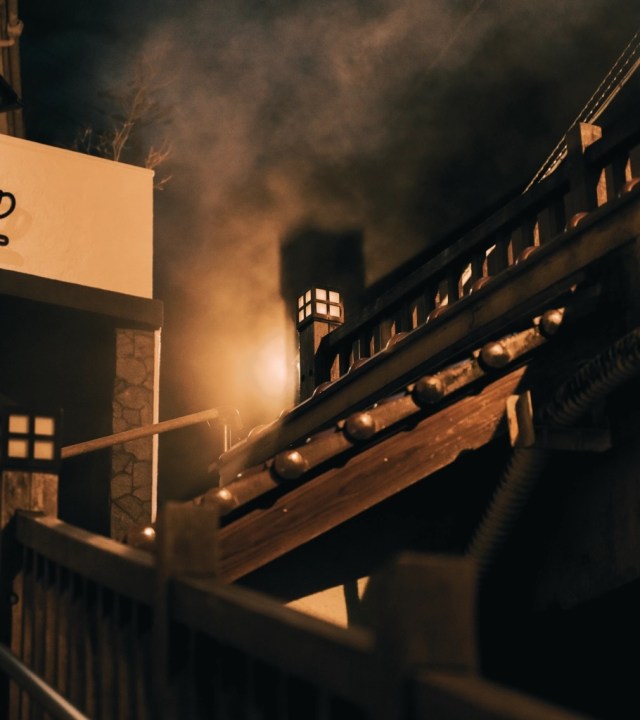
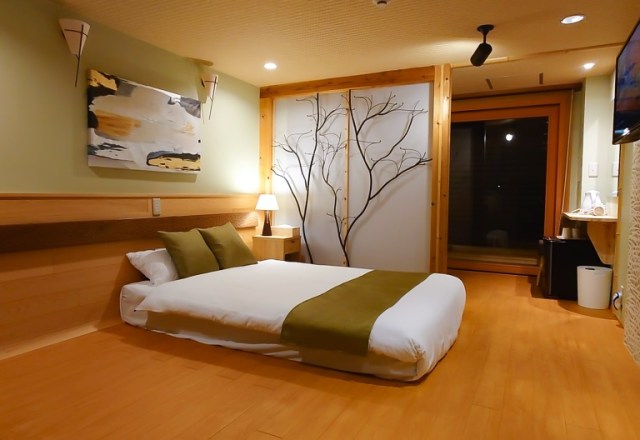
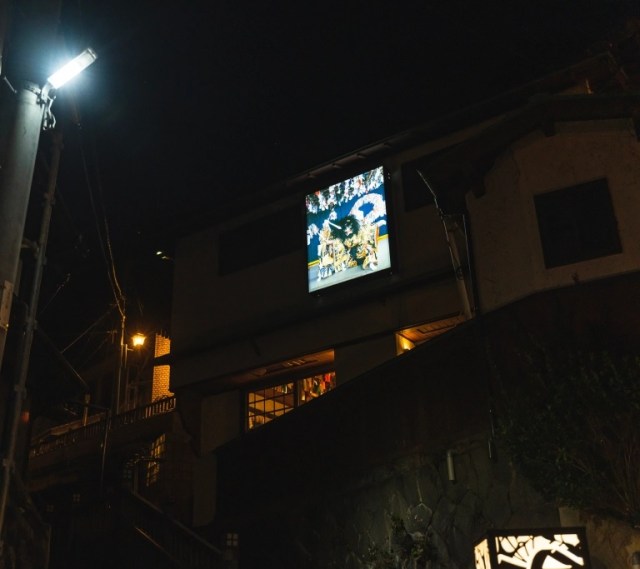
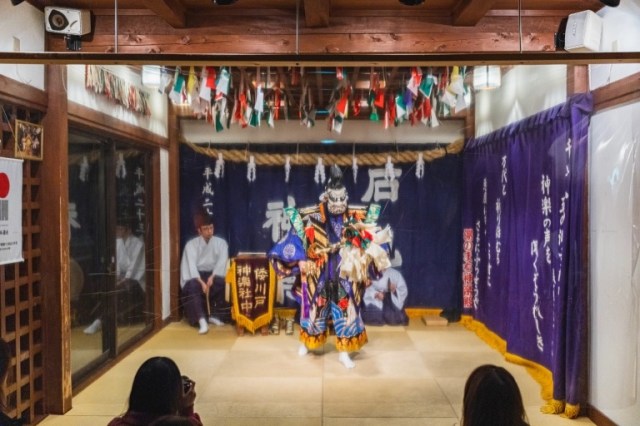
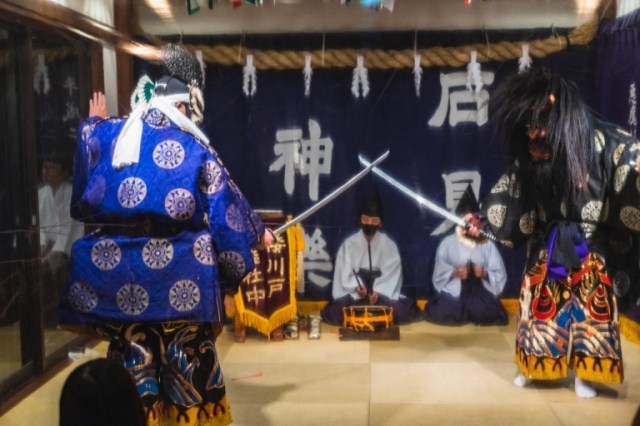
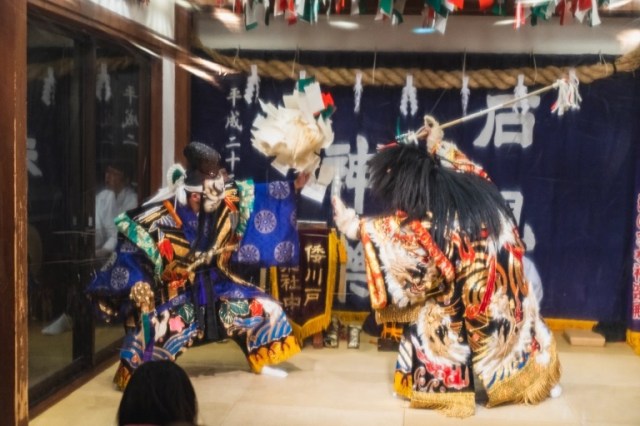
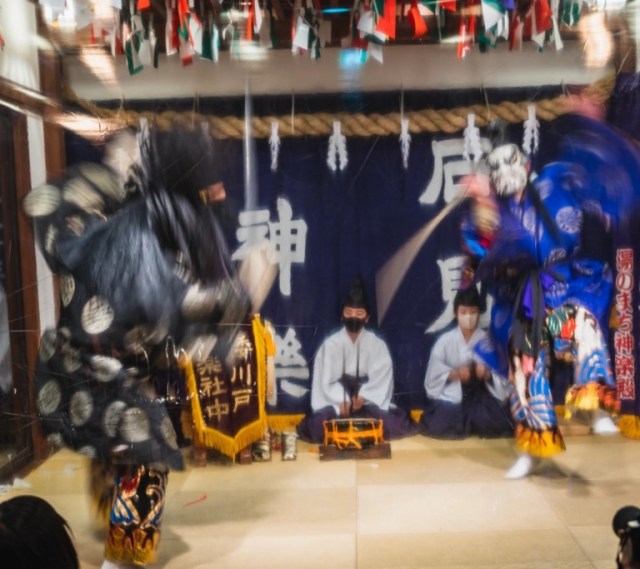
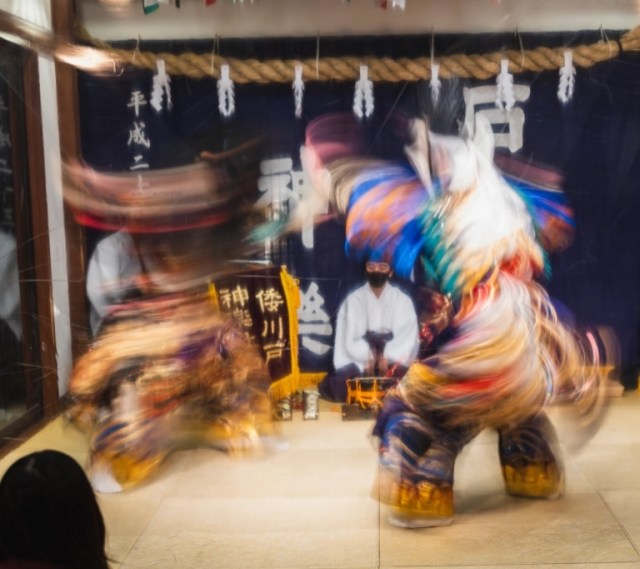

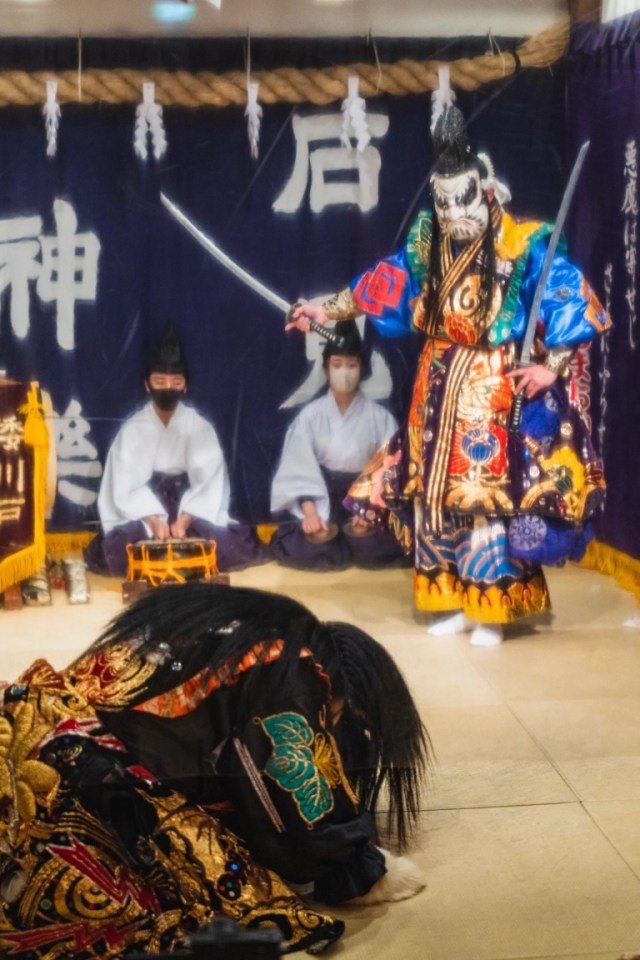
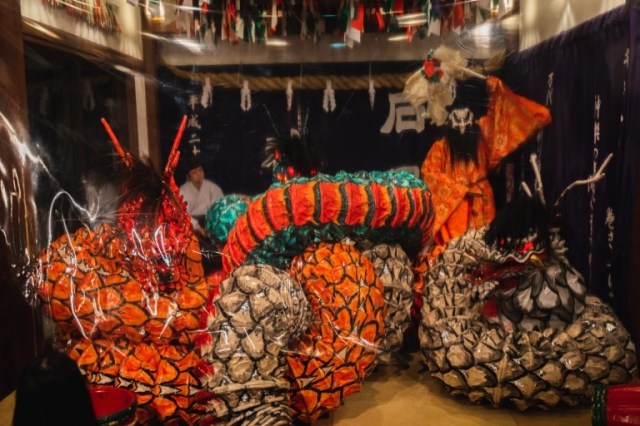
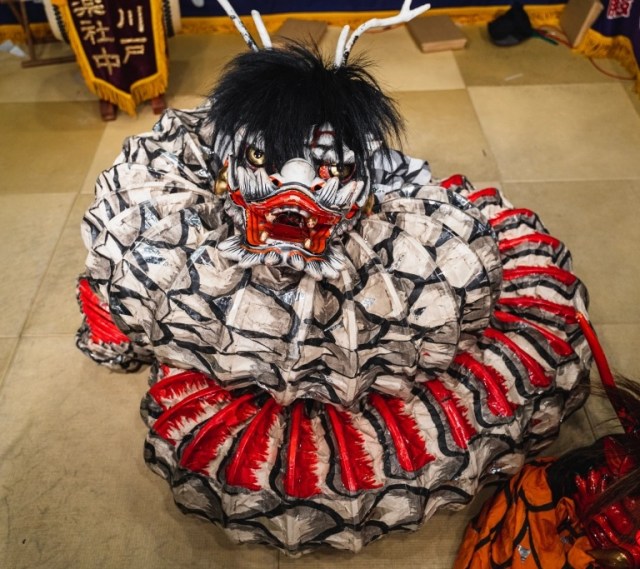
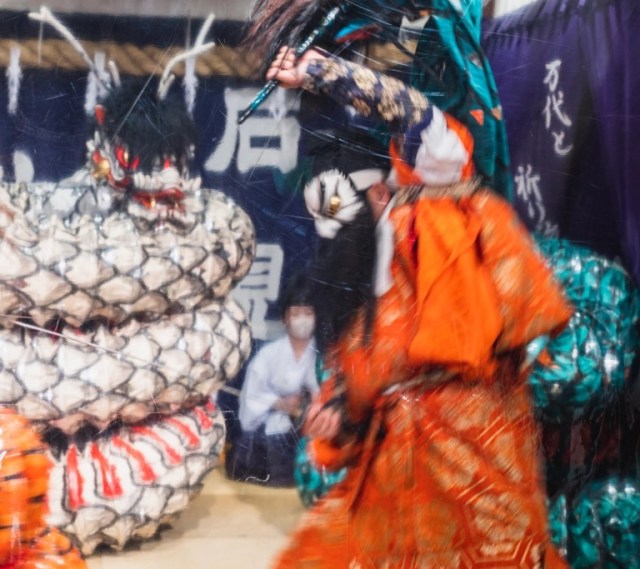
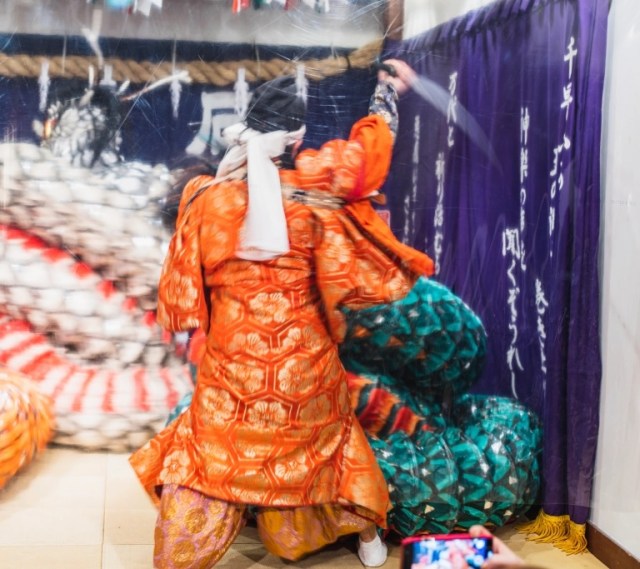
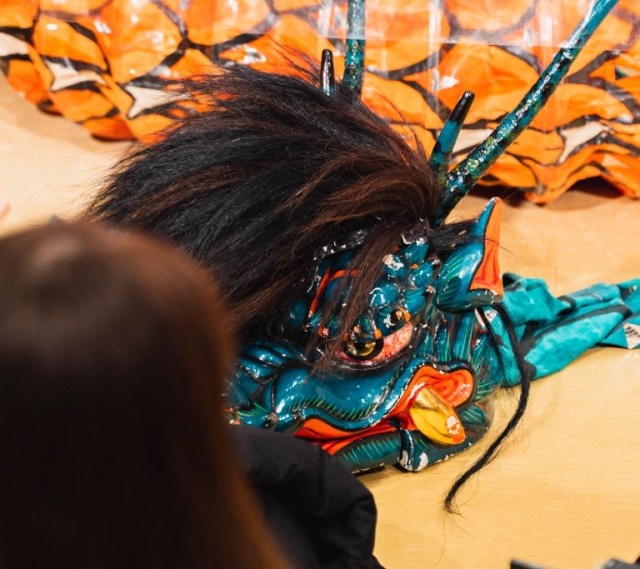
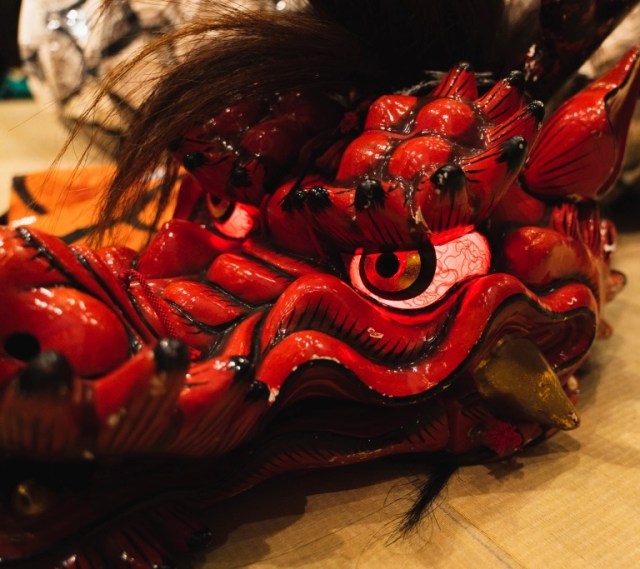
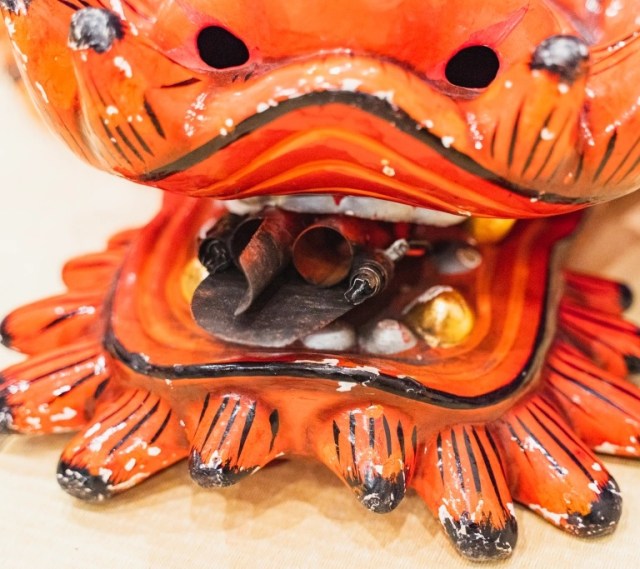
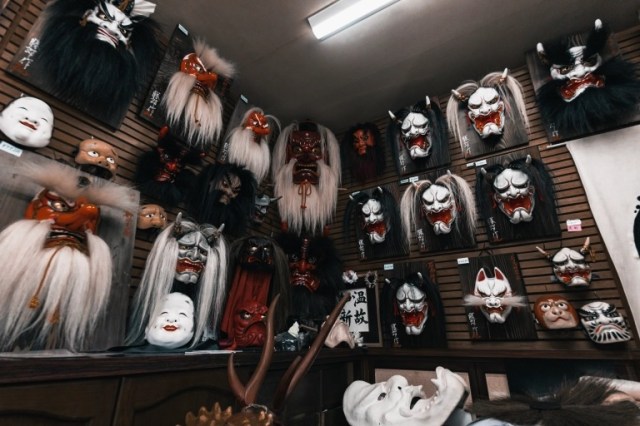
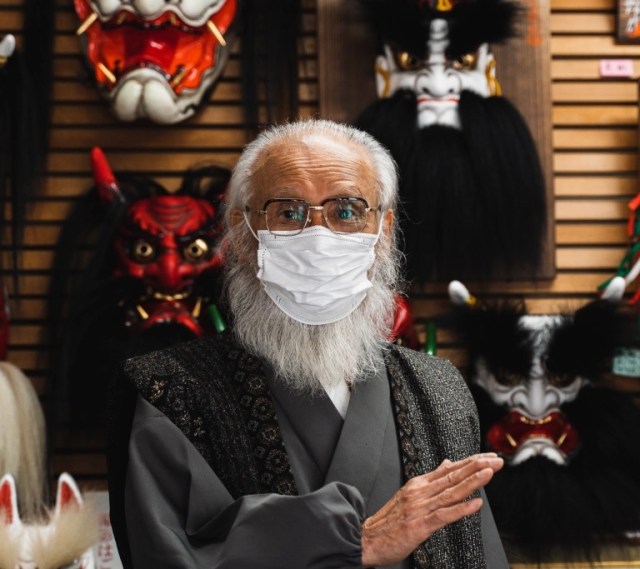
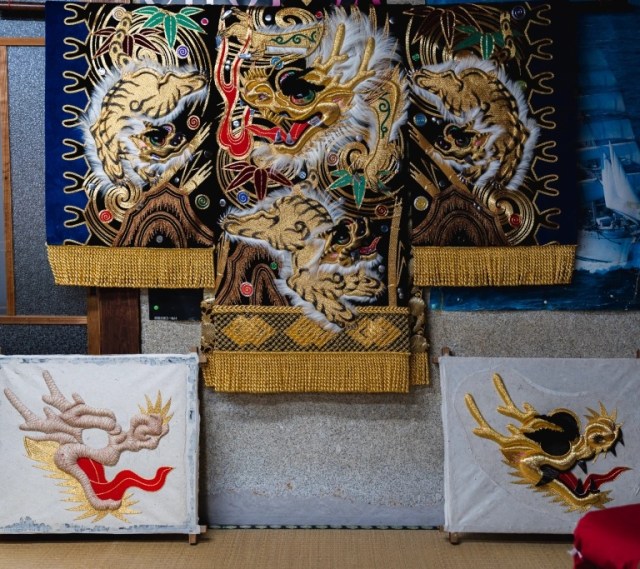
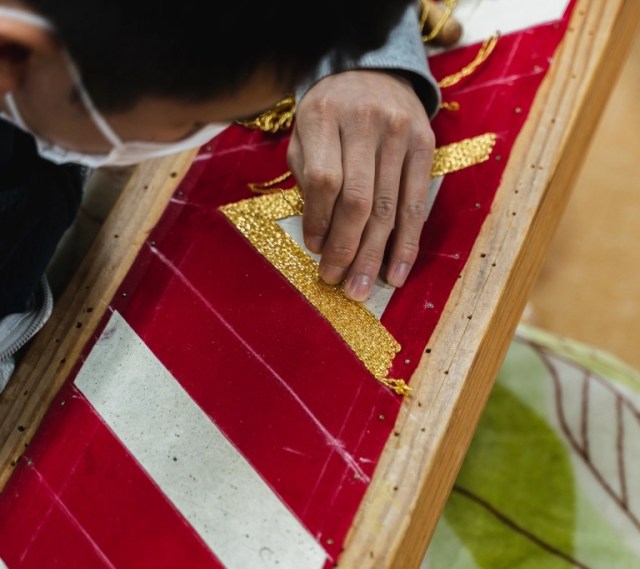
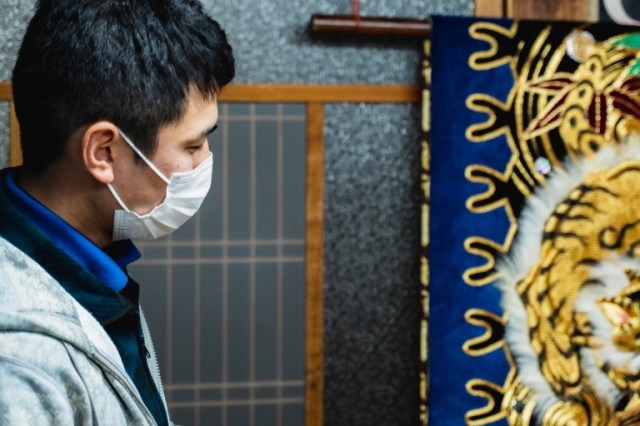

 Iwami in Tottori Prefecture is now offering a Free!/High Speed! anime tie-in location map guide
Iwami in Tottori Prefecture is now offering a Free!/High Speed! anime tie-in location map guide Remote airport in Shimane serves up the best honey in all Japan: Airport Honey!
Remote airport in Shimane serves up the best honey in all Japan: Airport Honey! Fan fuses anime and reality in the same frame on tour of real-world Free! locations 【Photos】
Fan fuses anime and reality in the same frame on tour of real-world Free! locations 【Photos】 We visit the Giant Buddha statue that our reporter dubs “kawaii” and “like a mascot character”
We visit the Giant Buddha statue that our reporter dubs “kawaii” and “like a mascot character” Japan’s new eight-headed dragon license plates might be the coolest in the entire world【Pics】
Japan’s new eight-headed dragon license plates might be the coolest in the entire world【Pics】 Red light district sushi restaurant in Tokyo shows us just how wrong we were about it
Red light district sushi restaurant in Tokyo shows us just how wrong we were about it Sandwiches fit for a sumo served up in Osaka【Taste Test】
Sandwiches fit for a sumo served up in Osaka【Taste Test】 Tokyo Tsukiji fish market site to be redeveloped with 50,000-seat stadium, hotel, shopping center
Tokyo Tsukiji fish market site to be redeveloped with 50,000-seat stadium, hotel, shopping center Japan’s massive matcha parfait weighs 6 kilos, contains hidden surprises for anyone who eats it
Japan’s massive matcha parfait weighs 6 kilos, contains hidden surprises for anyone who eats it Family Mart makes matcha dreams come true with new lineup of strong green tea sweets in Japan
Family Mart makes matcha dreams come true with new lineup of strong green tea sweets in Japan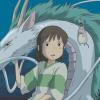 Haku is…Chihiro’s dead brother? Studio Ghibli fans blown away by Spirited Away theory
Haku is…Chihiro’s dead brother? Studio Ghibli fans blown away by Spirited Away theory French Fries Bread in Tokyo’s Shibuya becomes a hit on social media
French Fries Bread in Tokyo’s Shibuya becomes a hit on social media Pokémon Sleep camping suite and guestrooms coming to Tokyo Hyatt along with giant Snorlax burgers
Pokémon Sleep camping suite and guestrooms coming to Tokyo Hyatt along with giant Snorlax burgers Sakura tree falls on man at Sannenzaka near Kiyomizu temple in Kyoto 【Breaking News】
Sakura tree falls on man at Sannenzaka near Kiyomizu temple in Kyoto 【Breaking News】 Kyoto’s 100 Demons yokai monster parade returns!
Kyoto’s 100 Demons yokai monster parade returns! McDonald’s new Happy Meals offer up cute and practical Sanrio lifestyle goods
McDonald’s new Happy Meals offer up cute and practical Sanrio lifestyle goods All-you-can-drink Starbucks and amazing views part of Tokyo’s new 170 meter-high sky lounge
All-you-can-drink Starbucks and amazing views part of Tokyo’s new 170 meter-high sky lounge More foreign tourists than ever before in history visited Japan last month
More foreign tourists than ever before in history visited Japan last month Japanese ramen restaurants under pressure from new yen banknotes
Japanese ramen restaurants under pressure from new yen banknotes Studio Ghibli releases new action figures featuring Nausicaä of the Valley of the Wind characters
Studio Ghibli releases new action figures featuring Nausicaä of the Valley of the Wind characters New private rooms on Tokaido Shinkansen change the way we travel from Tokyo to Kyoto
New private rooms on Tokaido Shinkansen change the way we travel from Tokyo to Kyoto Starbucks reopens at Shibuya Scramble Crossing with new look and design concept
Starbucks reopens at Shibuya Scramble Crossing with new look and design concept Studio Ghibli glasses cases let anime characters keep an eye on your spectacles
Studio Ghibli glasses cases let anime characters keep an eye on your spectacles Beautiful Ghibli sealing wax kits let you create accessories and elegant letter decorations【Pics】
Beautiful Ghibli sealing wax kits let you create accessories and elegant letter decorations【Pics】 Studio Ghibli releases Kiki’s Delivery Service chocolate cake pouches in Japan
Studio Ghibli releases Kiki’s Delivery Service chocolate cake pouches in Japan New definition of “Japanese whiskey” goes into effect to prevent fakes from fooling overseas buyers
New definition of “Japanese whiskey” goes into effect to prevent fakes from fooling overseas buyers Our Japanese reporter visits Costco in the U.S., finds super American and very Japanese things
Our Japanese reporter visits Costco in the U.S., finds super American and very Japanese things Studio Ghibli unveils Mother’s Day gift set that captures the love in My Neighbour Totoro
Studio Ghibli unveils Mother’s Day gift set that captures the love in My Neighbour Totoro New Japanese KitKat flavour stars Sanrio characters, including Hello Kitty
New Japanese KitKat flavour stars Sanrio characters, including Hello Kitty New Pokémon cakes let you eat your way through Pikachu and all the Eevee evolutions
New Pokémon cakes let you eat your way through Pikachu and all the Eevee evolutions Disney princesses get official manga makeovers for Manga Princess Cafe opening in Tokyo
Disney princesses get official manga makeovers for Manga Princess Cafe opening in Tokyo Sales of Japan’s most convenient train ticket/shopping payment cards suspended indefinitely
Sales of Japan’s most convenient train ticket/shopping payment cards suspended indefinitely Sold-out Studio Ghibli desktop humidifiers are back so Totoro can help you through the dry season
Sold-out Studio Ghibli desktop humidifiers are back so Totoro can help you through the dry season Japanese government to make first change to romanization spelling rules since the 1950s
Japanese government to make first change to romanization spelling rules since the 1950s Ghibli founders Toshio Suzuki and Hayao Miyazaki contribute to Japanese whisky Totoro label design
Ghibli founders Toshio Suzuki and Hayao Miyazaki contribute to Japanese whisky Totoro label design Doraemon found buried at sea as scene from 1993 anime becomes real life【Photos】
Doraemon found buried at sea as scene from 1993 anime becomes real life【Photos】 Tokyo’s most famous Starbucks is closed
Tokyo’s most famous Starbucks is closed One Piece characters’ nationalities revealed, but fans have mixed opinions
One Piece characters’ nationalities revealed, but fans have mixed opinions We asked a Uniqlo employee what four things we should buy and their suggestions didn’t disappoint
We asked a Uniqlo employee what four things we should buy and their suggestions didn’t disappoint Princesses, fruits, and blacksmiths: Study reveals the 30 most unusual family names in Japan
Princesses, fruits, and blacksmiths: Study reveals the 30 most unusual family names in Japan Brand-new Pokémon manhole covers have Sandshrew welcoming you to an often forgotten part of Japan
Brand-new Pokémon manhole covers have Sandshrew welcoming you to an often forgotten part of Japan Is boob-shaped controller a clever gag ad, pie in the sky dream, or the future of gaming? 【Video】
Is boob-shaped controller a clever gag ad, pie in the sky dream, or the future of gaming? 【Video】 Kanna Hashimoto to star alongside Shun Oguri in Gintama live-action movie
Kanna Hashimoto to star alongside Shun Oguri in Gintama live-action movie Gintama themed cafe coming to Ikebukuro! Get ready for some wacky Edo hijinks
Gintama themed cafe coming to Ikebukuro! Get ready for some wacky Edo hijinks Just when you thought anime marketing couldn’t be any more bust-focused: character breast weights
Just when you thought anime marketing couldn’t be any more bust-focused: character breast weights McDonald’s ad in Japan causes controversy overseas
McDonald’s ad in Japan causes controversy overseas The best Japanese cosplayers from Ikebukuro Halloween Cosplay Fest 2019【Photos】
The best Japanese cosplayers from Ikebukuro Halloween Cosplay Fest 2019【Photos】 Things to pick up at 7-Eleven: Milk, melon bread, Evangelion sports car
Things to pick up at 7-Eleven: Milk, melon bread, Evangelion sports car How I met your cosplaying father? Cosplay suplex leads to lifelong love for Gintama fans
How I met your cosplaying father? Cosplay suplex leads to lifelong love for Gintama fans Learn about Noh with these cool accessories from Felissimo Museum Division
Learn about Noh with these cool accessories from Felissimo Museum Division New crowdfunding project from Japan mixes COVID-19 comedy with a touch of Kyoto craftsmanship
New crowdfunding project from Japan mixes COVID-19 comedy with a touch of Kyoto craftsmanship Chinese rock stars in rocks – depicting music gods as temples devoted to them【Art】
Chinese rock stars in rocks – depicting music gods as temples devoted to them【Art】 Virtual YouTuber Kagura Mea Recounts Story of Receiving Poop From Hater
Virtual YouTuber Kagura Mea Recounts Story of Receiving Poop From Hater Japanese security polearm maker’s takedown videos are crazy, products look crazy effective【Vids】
Japanese security polearm maker’s takedown videos are crazy, products look crazy effective【Vids】 The awesome artwork hiding in the Japanese word processor: sakura, dragons, and sake
The awesome artwork hiding in the Japanese word processor: sakura, dragons, and sake
Leave a Reply